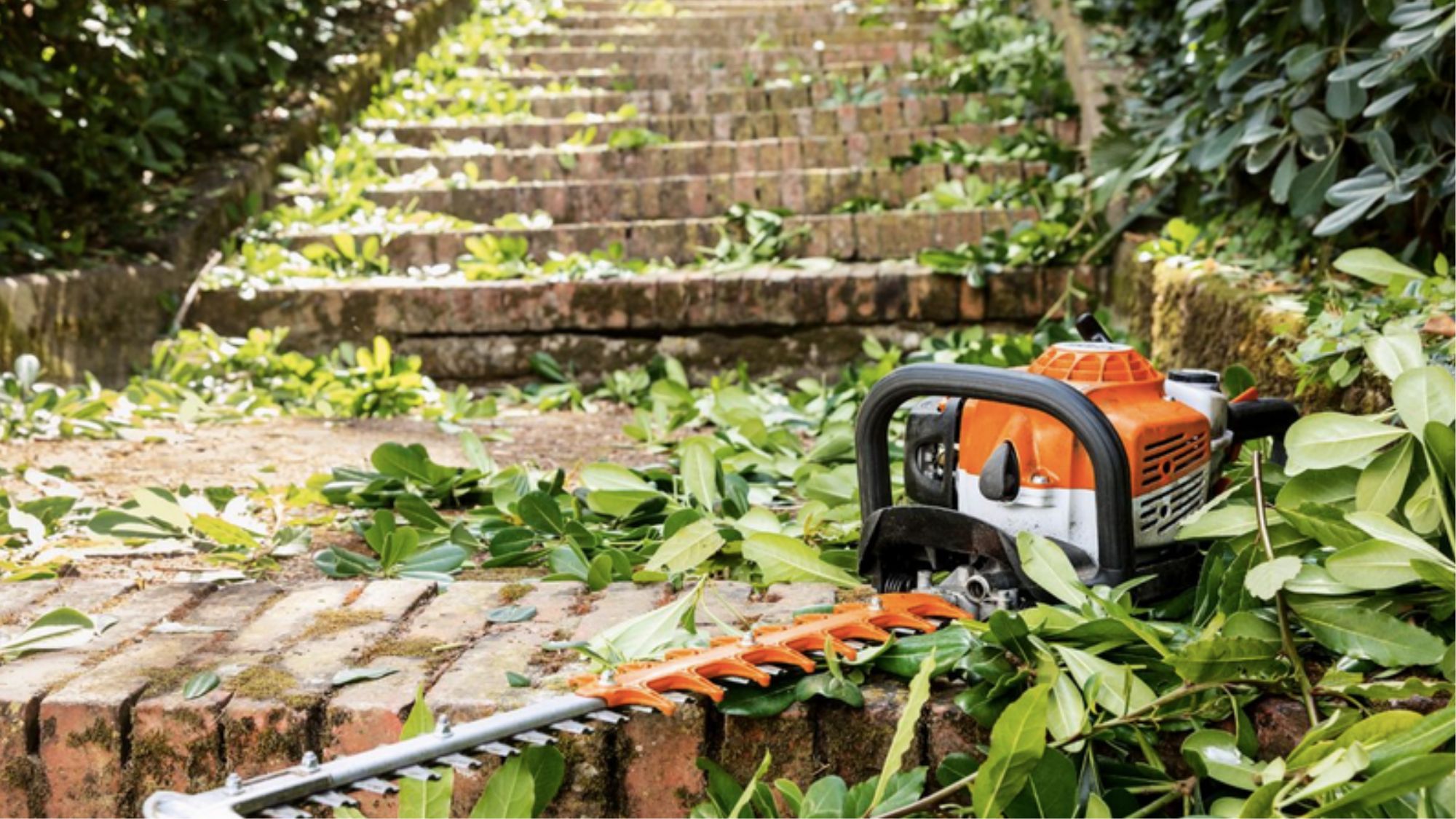Caring for your power tools, like the best hedge trimmers, will give them longevity, meaning they will last longer before you need to replace them. Plus, it can prevent diseases from spreading around your yard.
But I know how overwhelming it can be to clean and maintain your gardening gear. This is where I can help. I've consulted several gardening experts to learn how to clean and maintain your hedge trimmer. And don't miss our guide to sharpening hedge trimmer blades, too.
Cleaning and maintaining a hedge trimmer: what you'll need
- Work gloves like this long unisex pair from Amazon
- Safety goggles like these Safeyear anti-fog ones from Walmart
- Brush or compressed air
- Cleaning cloths
- Mild soap and water
- Stiff brush like this one from Amazon
- Lubricating oil
- Sharpening tools
- Screwdriver like this Hyper Tough 6-in-1 one from Walmart
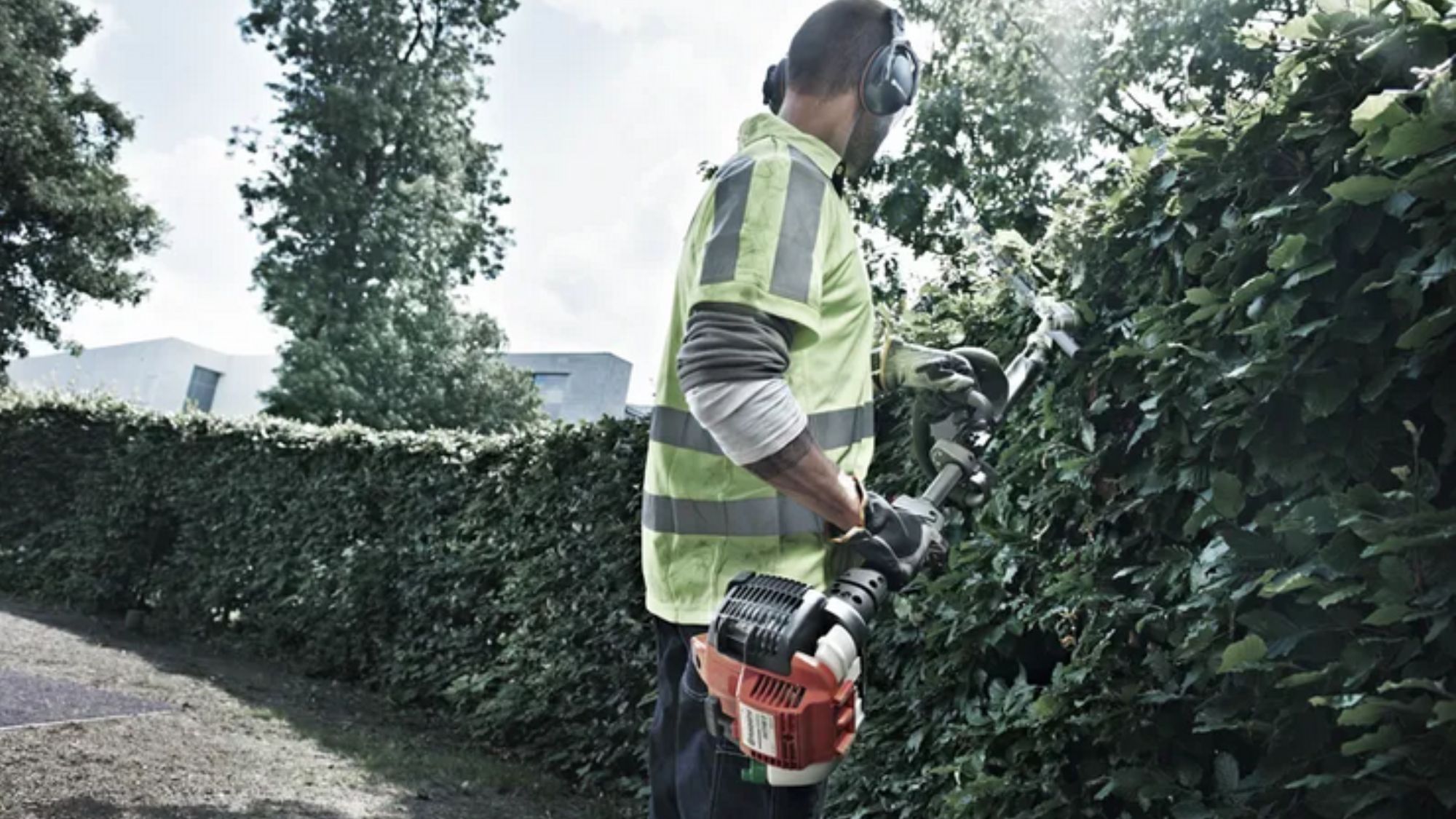
Step by step guide: How to clean and maintain a hedge trimmer
1. Safety first
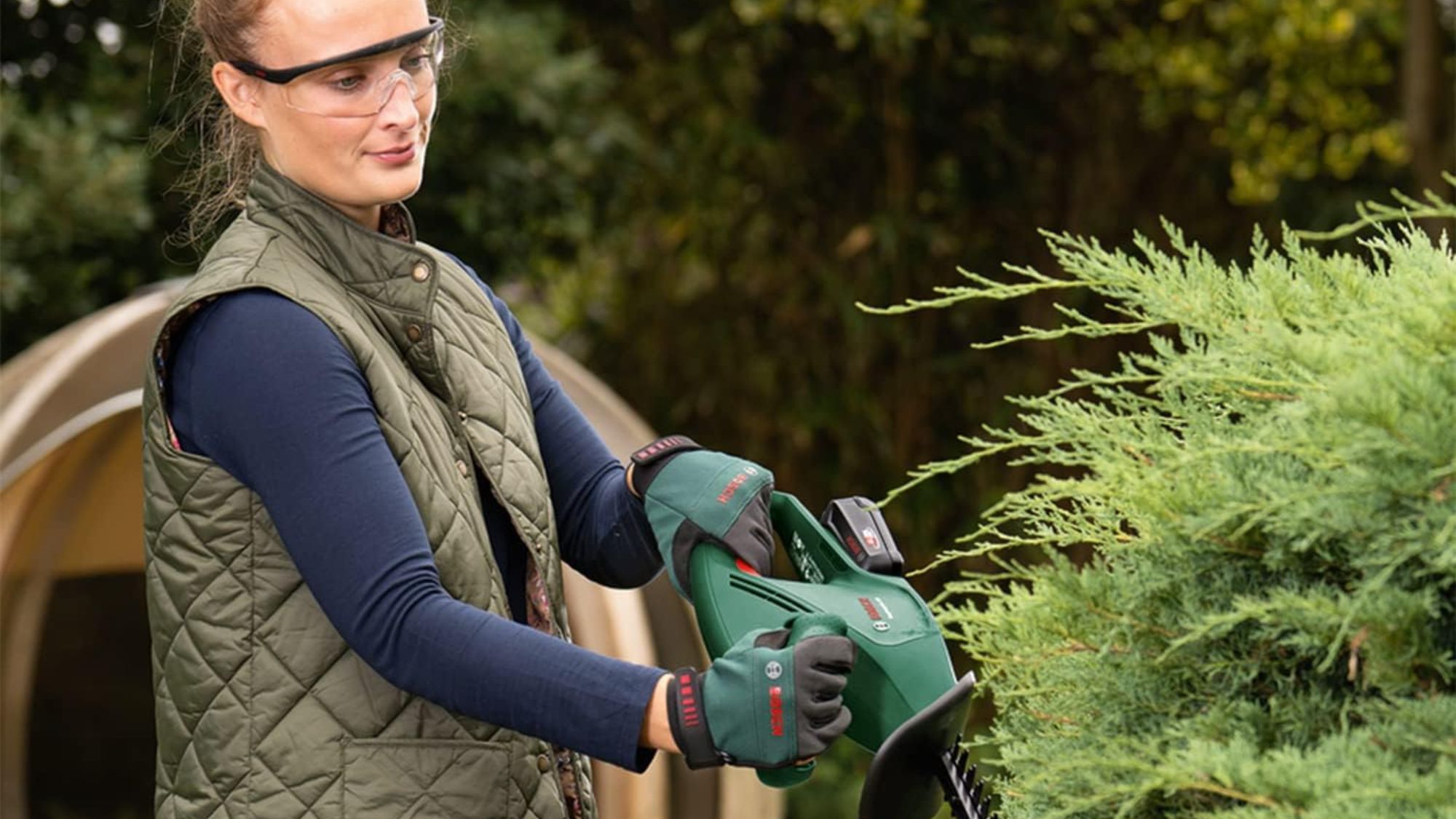
When I caught up with landscaping expert Gene Cabellero, founder of GreenPal, he told me that the first step to cleaning and maintaining a hedge trimmer is to ensure it is completely powered off and unplugged to prevent accidental starts.
Morris Hankinson, gardening expert and Managing Director of Hopes Grove Nurseries agreed and advised, "Depending on which type of trimmer you have, you may need to remove the battery or spark plug. Always refer to the instructions to be sure.
"Wear some safety goggles as debris caught in the hedge trimmer can fly up into the air when cleaning, and use a good pair of gloves to protect your hands."

Gene Caballero is a gardening and landscaping expert and the founder of GreenPal, an app that connects homeowners with local lawn care professionals.
This may sound obvious, but the first time I used my hedge trimmer, I didn't even realize that it had a safety feature that meant it would only work when I held the lever down. As someone new to gardening tools, it might not have necessarily occurred to me to unplug the machine or take the battery out before I cleaned it, so this is a really important bit of safety advice, especially for beginners.
I also mistakenly cut my hedge for the first time without safety goggles or gloves. Either the leaves or the bugs that dropped onto my bare skin caused an allergic reaction on my left arm, and I had to take antibiotics to reduce the inflammation and infection!
2. Remove debris

The next step in cleaning and maintaining your hedge trimmer is to remove anything attached to the blades and vents.
Gene says: "Remove debris using a stiff brush or compressed air to clean off leaves, twigs, and dirt from the blades and air intake vents. This helps keep the motor from overheating."
As before, wear gloves to avoid any debris coming into direct contact with your skin. I often have an allergic reaction to bugs, so if this sounds like you, too, believe me. You don't want to get a rash or painful bite because you think you can grab the debris bare-handed.

Morris Hankinson is the Founder and Managing Director of Hopes Grove Nurseries, the UK’s only specialist grower-retailer of hedging plants. Hopes Grove Nurseries has been awarded the Gardening Which? Best buy for hedging plants and received the Best Stand at the Garden Press Event in 2018.
3. Remove and clean the blades
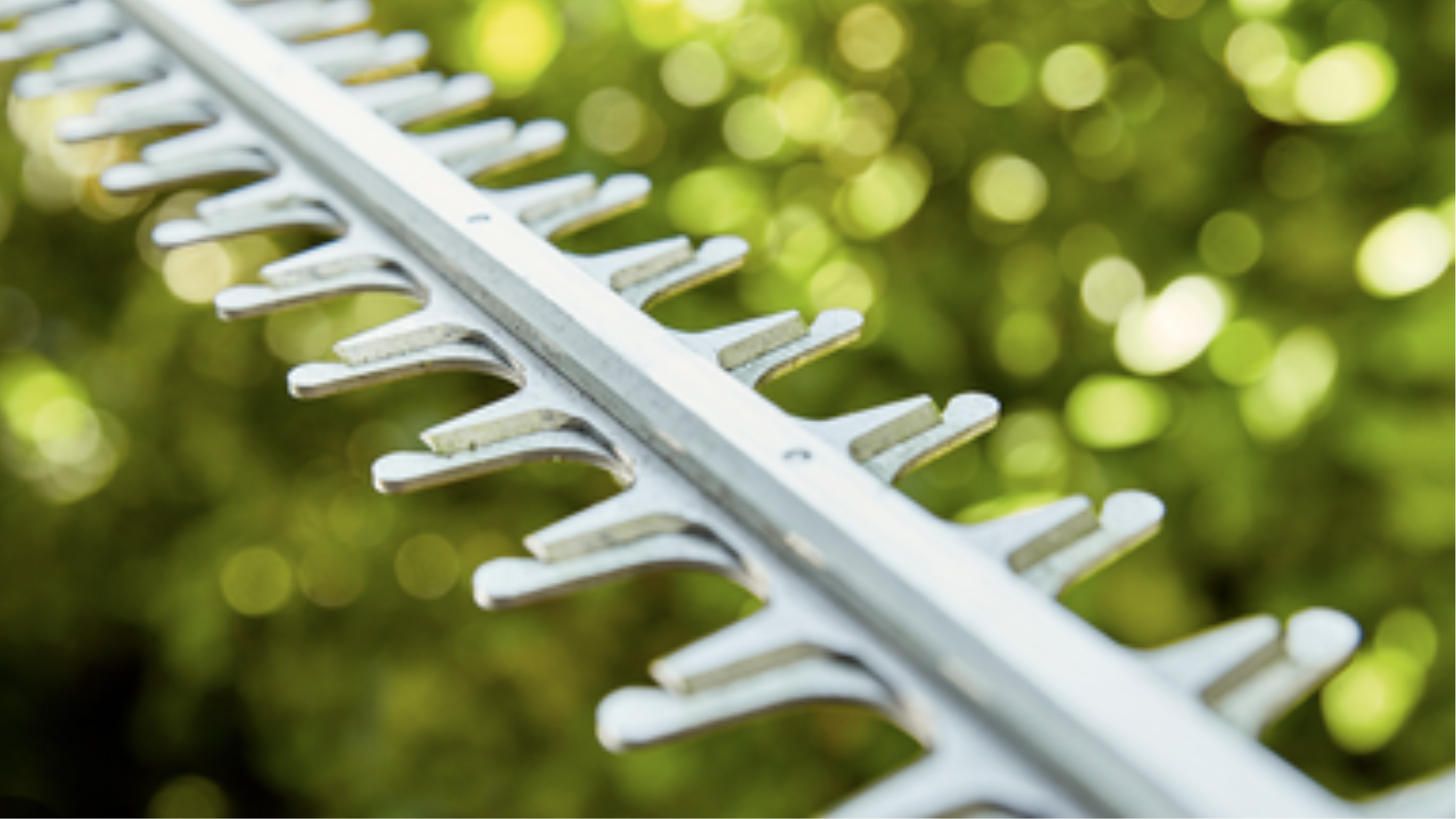
Now, you're ready to remove the blades and clean them. Before you do this step, ensure the power tool is unplugged and the battery or spark plug is removed.
"For a good clean, take off the cutting blades and use a brush or even an old toothbrush for smaller areas, along with a resin solvent cleaner on a cloth to clean as much as you can," says Morris. "Then reattach them before using a damp cloth to clean everywhere else."
Nathan Cord, gardening tools expert from Generators Direct, told me: "If you are using a cloth dampened with mild soap and water to wipe down the blades, avoid soaking them to prevent rust. Thoroughly dry the blades with a clean cloth for the same reason."
When I first cleaned my hedge trimmers, I forgot to dry them, and the next time I used them, they had a thin layer of rust, which impacted their efficiency.
Nathan told me that if the blades are dull, you can use a flat file or a sharpening stone to sharpen them. "Follow the angle of the blade’s edge to maintain the correct cutting angle. Alternatively, you can use a specialized blade sharpener designed for hedge trimmers."

Nathan Cord is a gardening tools expert and sales manager at Generators Direct, who specializes in a range of products, including hedge trimmers.
4. Lubricate the blades
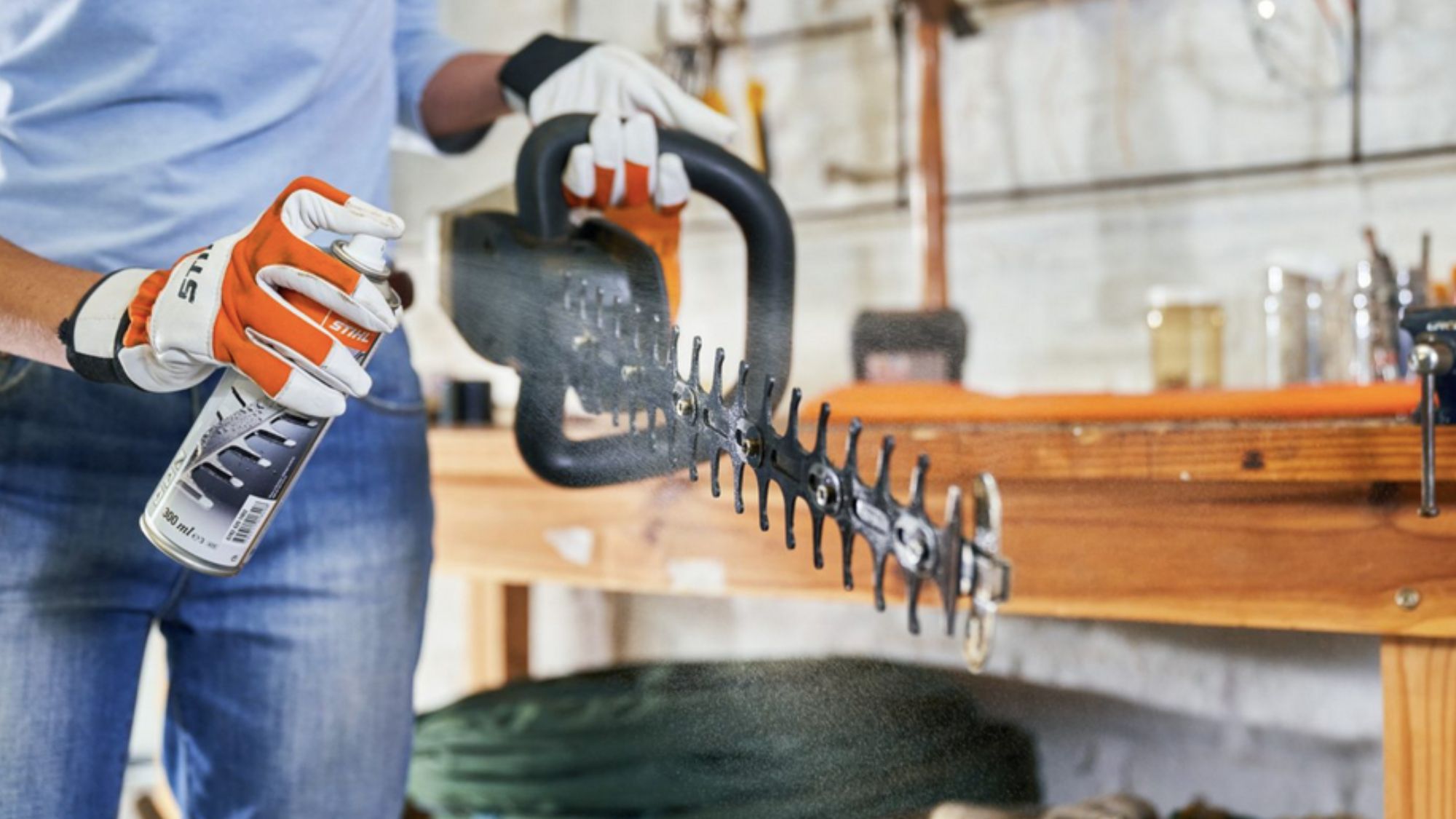
Gene explains: "The next stage is lubricating the blades with light machine oil or a specific hedge trimmer lubricant to ensure smooth movement and reduce friction after each use.
"This helps the blade move smoothly and reduces wear from friction. Ensure the oil coats both sides, but don't over-apply because that can attract more debris.
"For sticky resin build-up, apply a resin solvent to the blades, let it sit for a few minutes, then wipe clean with a cloth. Periodically check for loose screws and worn parts, tightening and replacing if necessary to maintain the best performance and to ensure longevity."
Morris adds: "If you haven't cleaned your hedge trimmer for some time, it is best to give it a thorough check and clean to ensure it doesn’t get rusty or wear too soon."
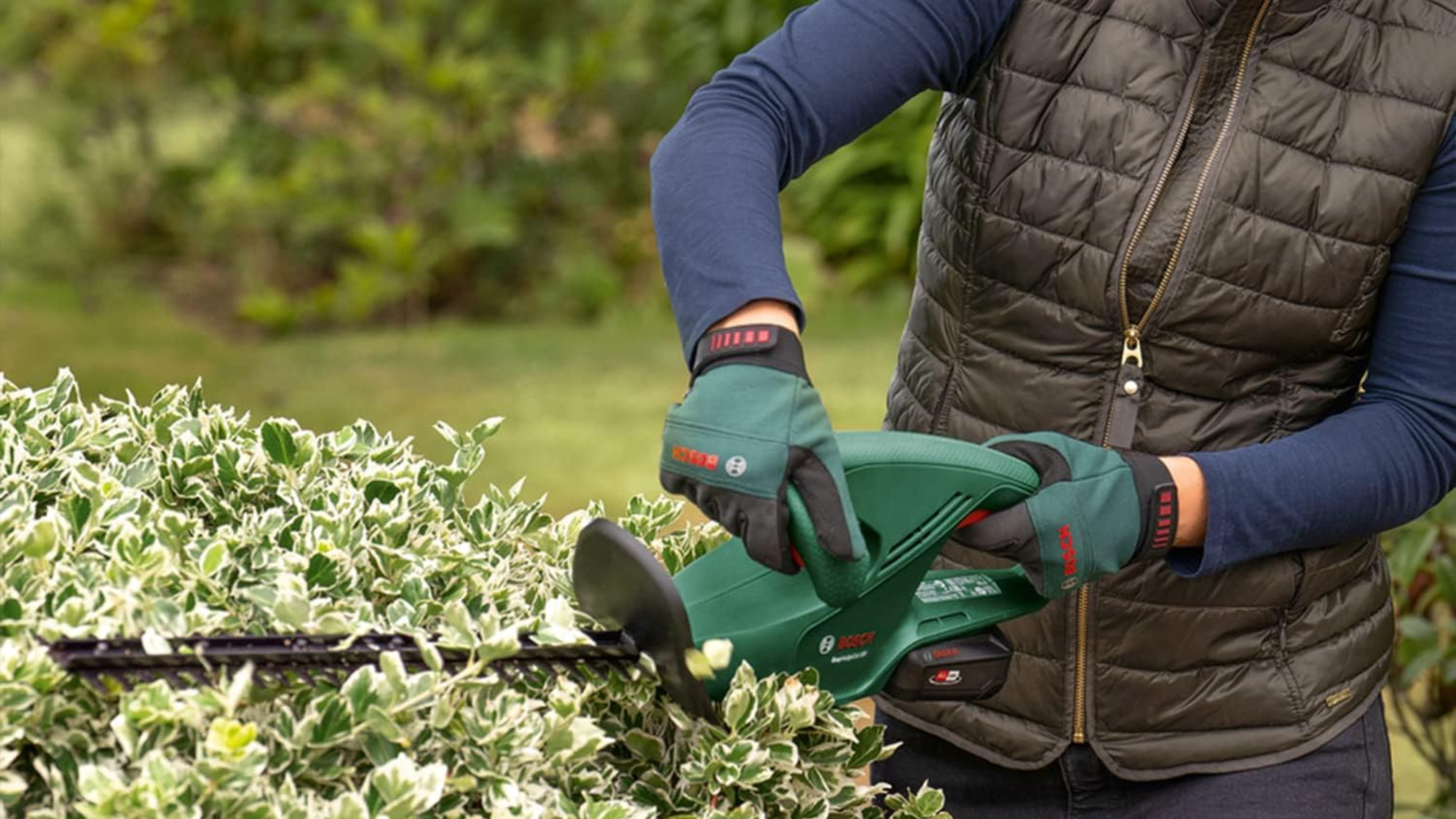
FAQs
How should I prepare for cleaning and maintaining a hedge trimmer for the first time?
"If you haven't cleaned your hedge trimmer for some time, it is best to give it a thorough check and clean to ensure it doesn’t get rusty or wear too soon," says Morris. "Petrol trimmers will also need the fuel tank, filter, and other parts cleaned. We recommend seeing a professional to do the job for you."
Gene adds: "Always wear gloves and glasses for protection during cleaning, and check the manufacturer's manual for any specific maintenance recommendations for your model."
